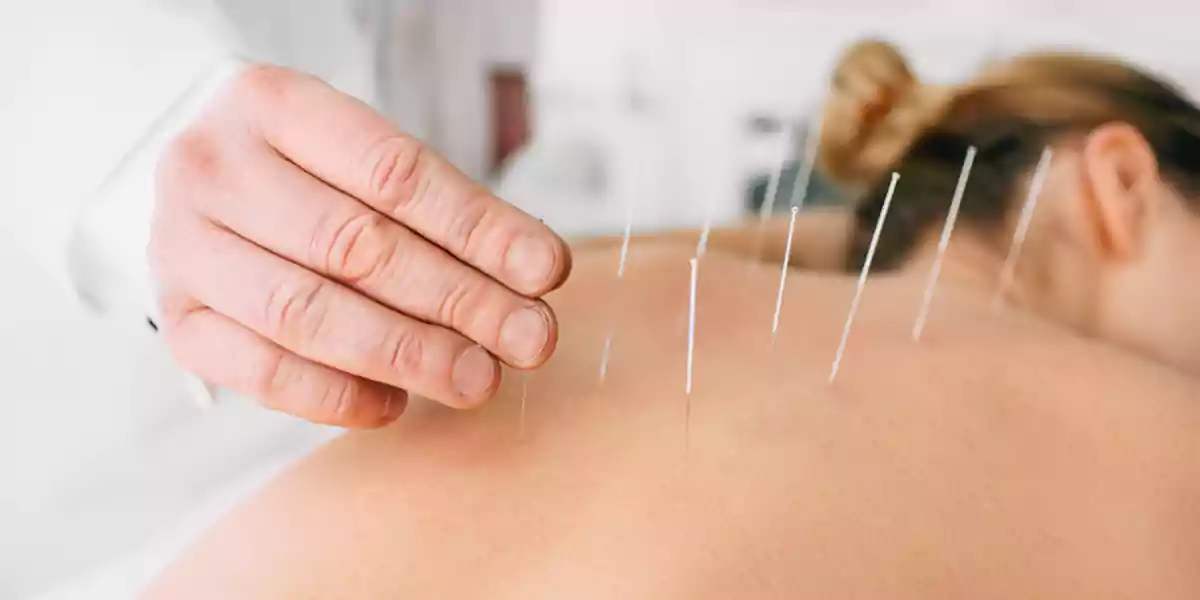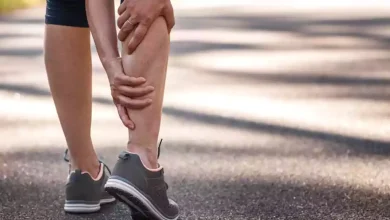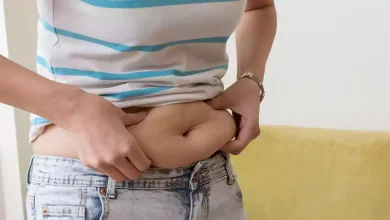4 Best Benefits Of Needling Therapy

To relieve neuro-muscular discomfort and restore range of motion, dry badgering is a procedure in which needles are inserted into trigger points in the muscle. Here is why it is an ideal therapy to restore your aching muscles.
Mechanisms of action for dry needling are still a mystery. Recent research suggests that needling sets off a cascade of physiological responses that ultimately leads to pain alleviation. The contracted muscles are deprived of blood and oxygen, leading to tightness and pain. Vasodilation, or expansion of the blood vessels, happens when the needle is inserted into the knotty muscle, allowing necessary nutrients to enter the muscle. This is a very efficient method of pain relief and muscle relaxation.
One mechanism through which acupuncture provides analgesia for pain relief is blocking pain receptors. Neurotransmitters such as dynorphin, endorphin, & enkephalin are released in response to dry needling. Humans have built-in painkillers in the form of neurotransmitters. They prevent pain signals from reaching the brain and spinal cord. As a form of mechanical stimulation, dry needling is responsible for inducing a phenomenon known as local twitch response (LTR). Involuntary muscle fiber contraction caused by the spinal cord is known as low-threshold reflex (LTR). As a result of LTR, fewer molecules that assist your body in sensing pain (nociceptive compounds) are produced.
Muscle Regeneration
A dry needle prick to the muscle could result in a minor focused traumatic lesion that prompts the body to repair the damaged area. In addition, the injury triggers the body’s natural repair mechanisms. Muscle fibers are either repaired or replaced due to the influx of cells to the damaged location.
Due to its physical benefits, dry needling relaxes stiff muscles, boosts blood flow, and lessens discomfort. Due to its proven efficacy in relieving musculoskeletal pain at its origin, dry needling is widely used by pain specialists. Why should one consider dry needling, and what advantages does it have?
Reduce Muscle Pain
Dry needling has been shown effective in treating myofascial pain and other forms of persistent musculoskeletal pain. Sometimes it’s best to go with deep dry needling, which makes a hole in the skin, muscle & connective tissue. Subcutaneous needling, on the other hand, involves barely penetrating the skin. Several studies also show quick relief from discomfort and noticeable changes after just a few sessions.
Relaxes Tight Muscles
The discomfort might manifest itself as a muscle spasm or stiffness. In this condition, muscle fibers contract & remain contracted, preventing the body from returning to its relaxed state. Muscle knots and stiffness are typical results of stress, injury, pinched nerves, and other anomalies in the body. In addition, the lack of oxygenated circulation to the muscle causes discomfort and stiffness, and the condition is known as a myofascial trigger point. Dry needling relaxes your myofascial trigger spots causing your muscles to twitch. Once the muscle lengthens to its original position, mobility returns to its normal, uninhibited condition.
Restores Muscle Function
Since dry needling relieves pressure on trigger spots, the muscle can relax after treatment. This allows for improved flexibility and movement. In particular, dry needling can help athletes. Over time, their muscles might be harmed by overuse or from doing the same actions incorrectly. Dry needling increases muscular flexibility, which in turn boosts their performance.




